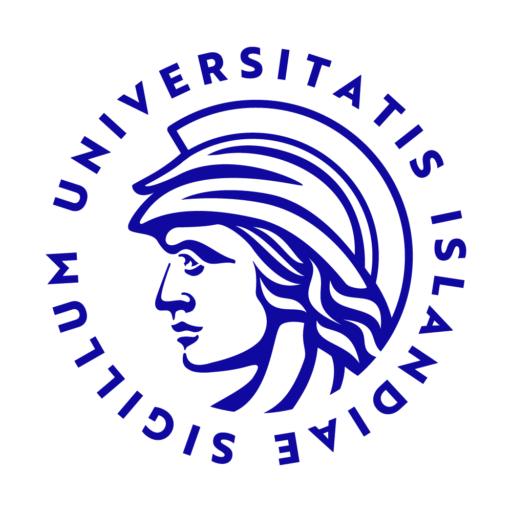Main author: Jackie CASEY
Institution or Company: Department of Clinical Sciences, Orthopaedics, Lund University, Lund, Sweden; Rehabilitation Engineering Centre, Musgrave Park Hospital, Belfast Health & Social Care Trust, Belfast, Northern Ireland
Co-Authors, Institution or Company:
Atli ÁGÚSTSSON, Rannsóknarstofa í hreyfivísindum, Námsbraut í sjúkraþjálfun, Háskóli Íslands. Andreas ROSENBLAD, Department of Medical Sciences, Division of Clinical Diabetology and Metabolism, Uppsala University, Uppsala, Sweden. Elisabet RODBY-BOUSQUET, Centre for Clinical Research, Uppsala University-Region Västmanland, Västerås, Sweden; Department of Clinical Sciences, Orthopaedics, Lund University, Lund, Sweden.
Introduction: Windswept hip deformity, scoliosis and contractures of the hip and knee are often seen in children with cerebral palsy (CP). We analysed their prevalence and association with postural asymmetries, ability to change position and pain.
Methods: Cross-sectional study of children aged 0-18 years with CP included in the Swedish CPUP follow-up program and registry. Logistic regression was used to estimate the association of scoliosis, windswept hip deformity, hip and knee flexion contractures with pain, postural asymmetries and ability to change position for children at Gross Motor Function Classification System (GMFCS) levels I-V.
Results: In total 2,450 children were included, 990 girls (40%) and 1,460 boys (60%) with a mean (SD) age of 9.4 (4.3) years, 10% had scoliosis, 9% windswept hips, 7% hip flexion and 19% knee contractures. Most children with a deformity or contracture had postural asymmetries in both sitting and supine positions. Severe postural asymmetries increased the risk for scoliosis 9 times, for windswept hips 6 to 9 times, and for hip and knee flexion contractures 7 and 12 times respectively, adjusted for age, sex and GMFCS level. Hip flexion contractures and windswept hip deformity increased the risk for pain by 1.5 to 1.6 times.
Conclusion: The risk of having scoliosis, windswept hip deformity and flexion contractures in the hips and knees increased if the child had postural asymmetries, and for increased age and higher GMFCS levels. Reducing postural asymmetries may also reduce the risk of pain. Efforts should focus on preventing postural asymmetries from occurring or progressing.

